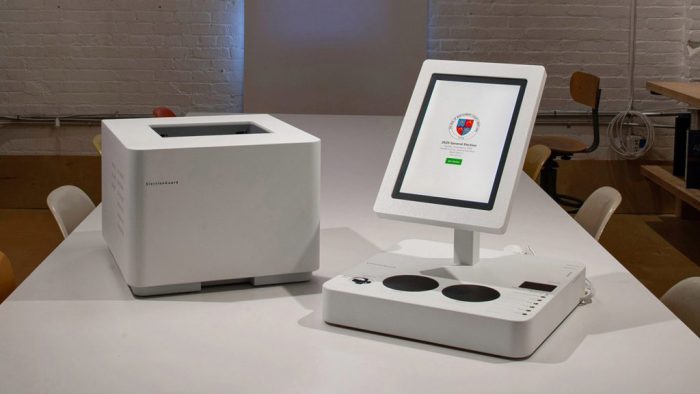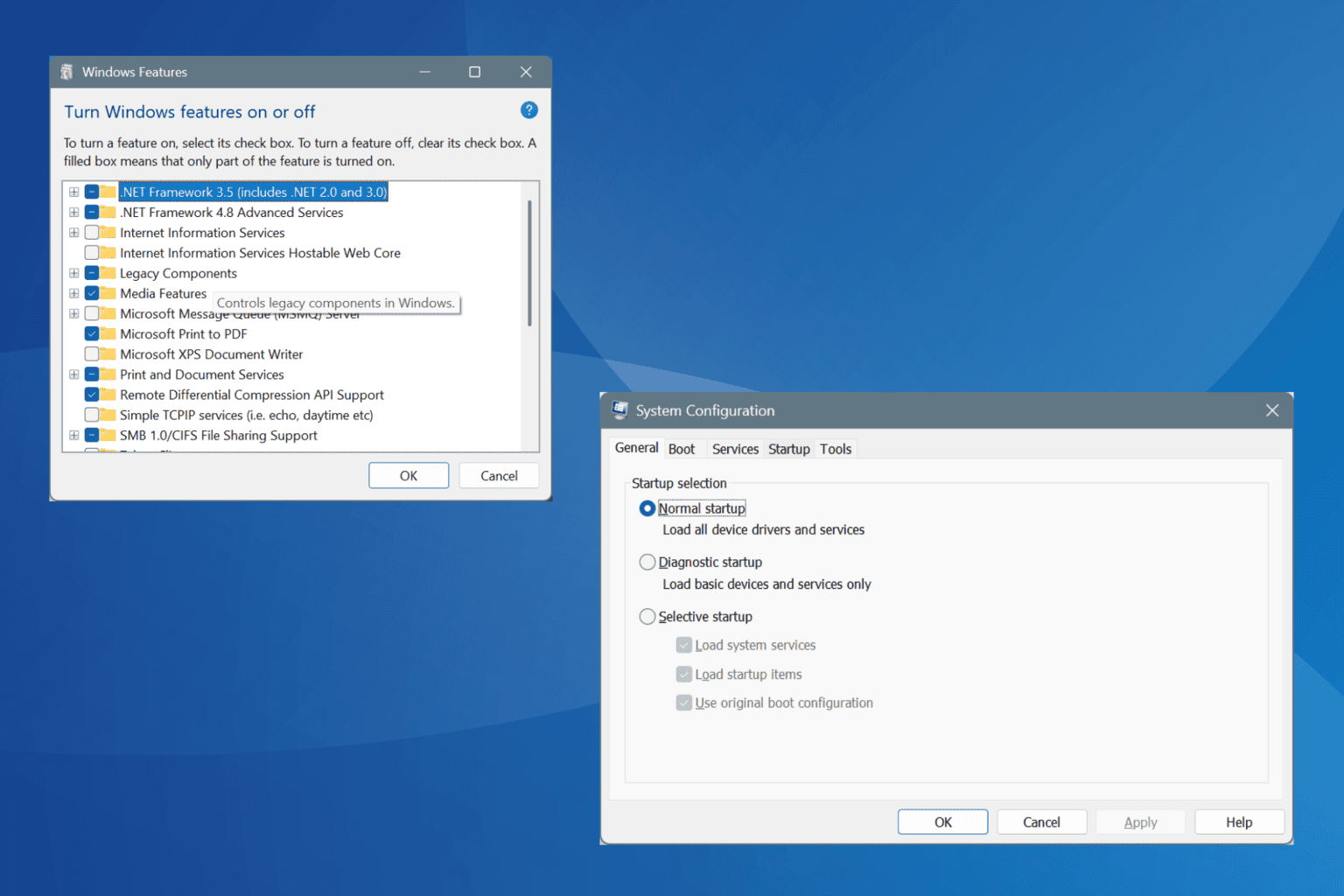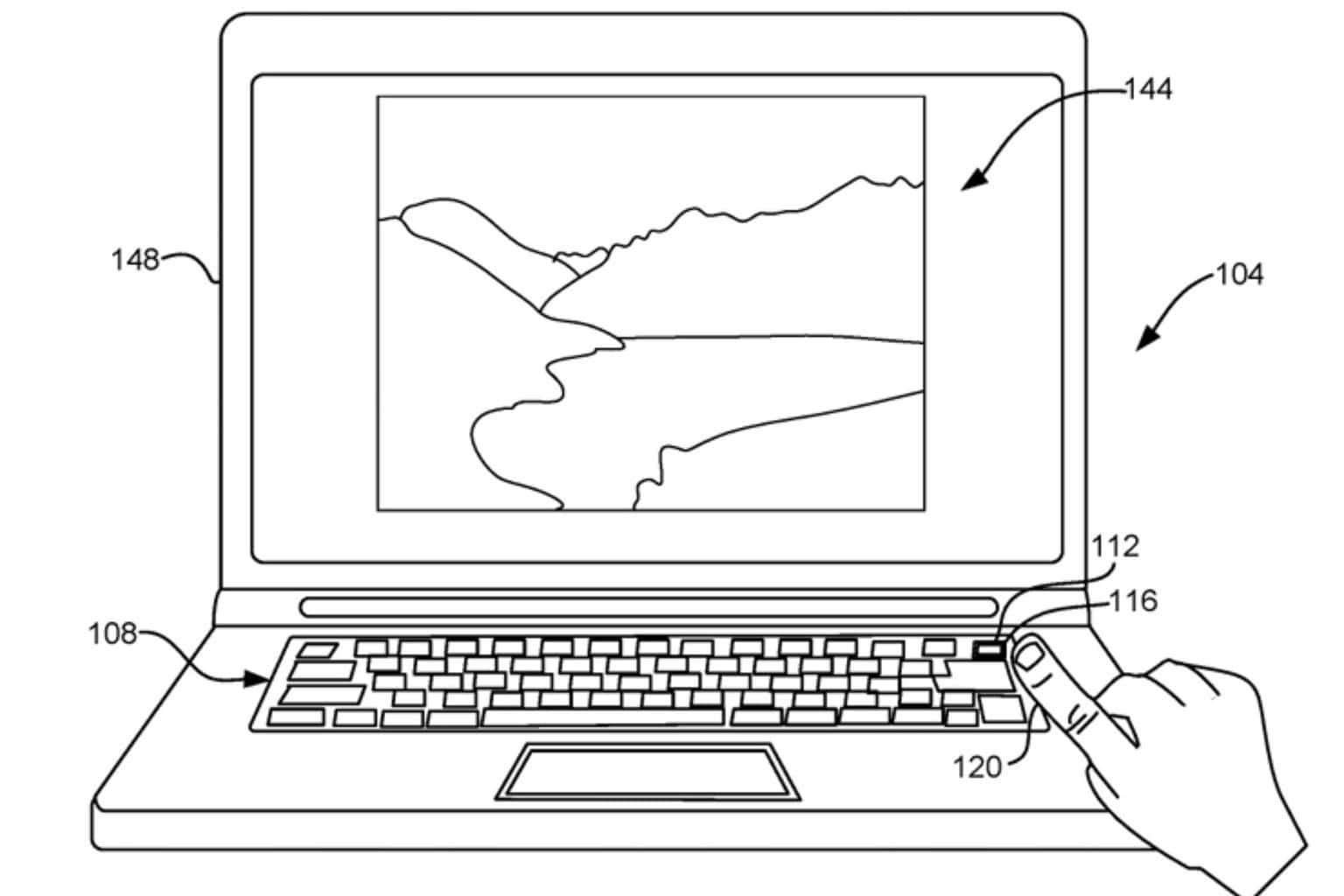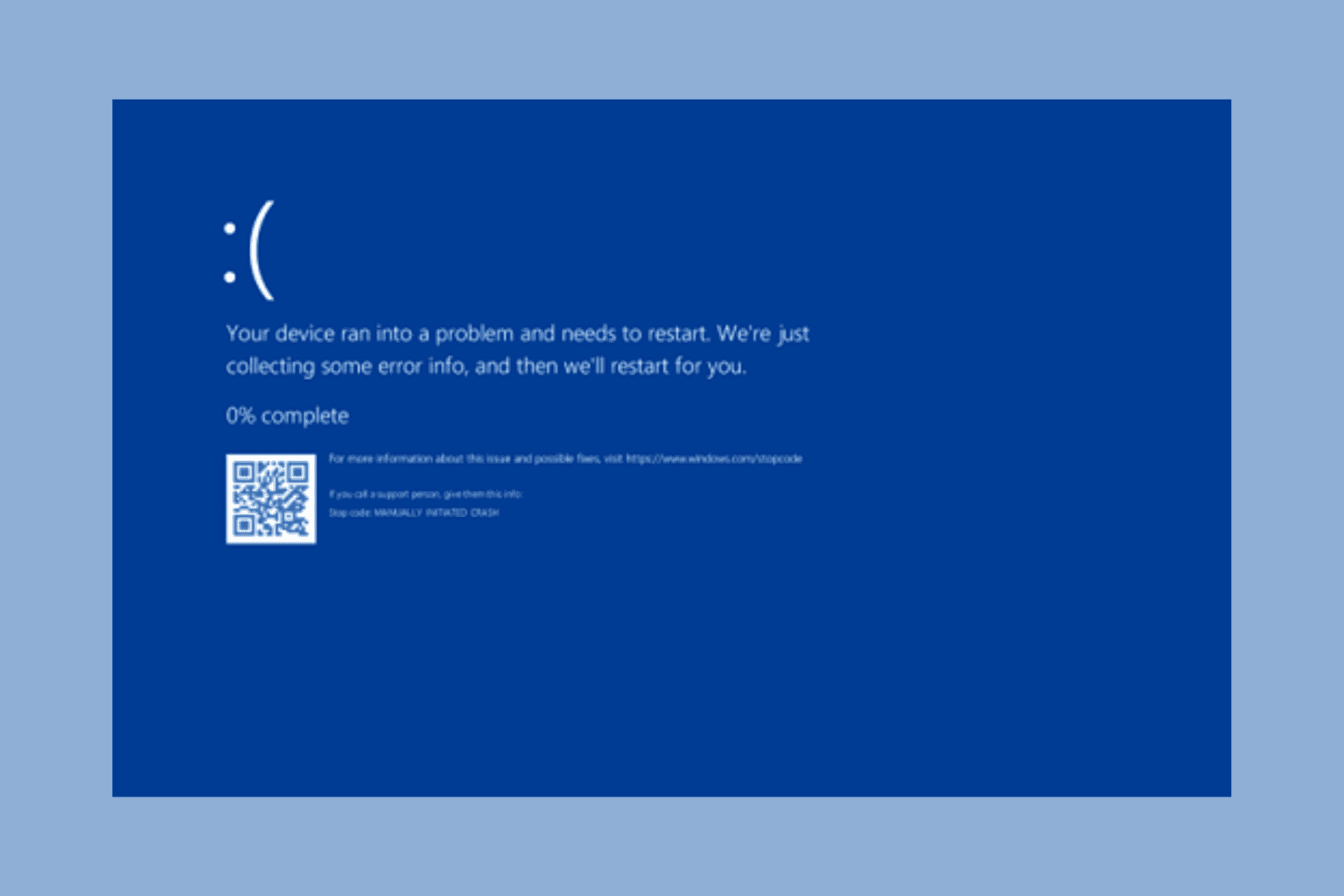Microsoft’s ElectionGuard gets first real-world test in Wisconsin Supreme Court elections
3 min. read
Published on
Read our disclosure page to find out how can you help Windows Report sustain the editorial team. Read more

Microsoft’s specialized voting software is making its stateside debut ahead of the February 18, 2020, Supreme Court elections for the state of Wisconsin.
Residents of Fulton, Wisconsin will be electing new representatives to the Wisconsin Supreme Court using voting machines powered by Microsoft’s open-sourced ElectionGuard security software.
Back in May of 2019, Microsoft announced ElectionGuard alongside a list of partnerships that included DARPA and Columbia University that were all working together to enable end-to-end verifiable components as well pilot testing leading to an eventual real-world application.
In a relatively quick amount of time, Microsoft and voting machine vendors have worked to implement ElectionGuard in real-world testing that will consist of few hundred votes using a pretty seamless process.
First, ElectionGuard provides each voter a tracker with a unique code that can be used to follow an encrypted version of the vote through the entire election process via a web portal provided by election authorities. During the process of vote-casting, voters have an optional step that allows them to confirm that their trackers and encrypted votes accurately reflect their selections. But once a vote is cast, neither the tracker nor any data provided through the web portal can be used to reveal the contents of the vote. After the election is complete, the tracker codes can be used by voters to confirm that their votes were not altered or tampered with and that they were properly counted.
Second, ElectionGuard also includes an open specification – or a road map – which allows anyone to write an election verifier. Voters, candidates, news media and any observers can run verifiers of their own or downloaded from sources of their choosing to confirm tabulations are as reported. The combination of the tracker – which allows individual voters to verify that their votes have been accurately recorded – and the verifier – which allows anyone to verify that the recorded votes have been accurately counted – enables full “end-to-end verification” of the correctness of election results. It will not be possible to “hack” the vote without detection.
Microsoft’s VP of Customer Security & Trust Tom Bur sums up the process rather succinctly,
“First, a voter will select candidates on a touchscreen and verify their choices. Second, the voter will print and review for accuracy a paper ballot and simultaneously receive a separate tracking code. Third, the voter will deposit their ballot into a ballot box for counting.”
Following the events of the 2020 Iowa caucuses, the infusion of new technology into the American voting system is under additional scrutiny this year. Microsoft’s ElectionGuard will not only need to make sure it’s safeguarding selections from being electronically altered but also doing an impeccable job of simply tallying votes correctly.
Fortunately, Microsoft’s open-sourced software leverages Homomorphic encryption which specializes in counting votes as well as simultaneously encrypting them. Burt sees the Fulton, Wisconsin Supreme Court votes as yet another test pilot for the ElectionGuard program as it presumably prepares for participation in the 2020 presidential election later this year.








User forum
0 messages